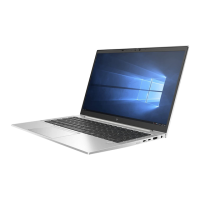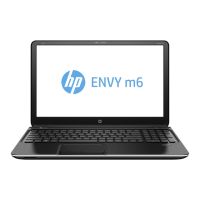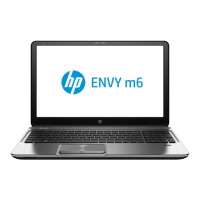HP business notebooks support the following authentication factors at boot-up:
• Password
• Fingerprint reader (integrated on most business notebooks)
• Smart card
For more information, visit www.hp.com/products/security
Password Setup (with/with-out HP ProtectTools)
Setting up BIOS preboot authentication without HP ProtectTools
(Power On Password)
Prior to 2008
business notebook platforms utilized the Power On Password to
enable BIOS preboot authentication.
2008 and newer
business notebook BIOS support multi-user authentication. In
order to turn on the BIOS preboot authentication, first set the BIOS administrator
password via F10 setup -> Security.
Then login into F10 as the BIOS administrator and add user to BIOS via F10 setup
-> Security -> User Managerment.
The BIOS will now prompt for the BIOS user password during boot.
Setting up BIOS preboot authentication with HP ProtectTools
The other way to turn on BIOS preboot authentication is to use HP ProtectTools
Security Manager. The user will need to go through the HP ProtectTools wizard to
setup as ProtectTools users, register security tokens such as smart card or
fingerprint and enable the preboot domain. The BIOS will then prompt for user to
authenticate themselves by using a Windows password, smart card or fingerprint
during boot.
HP Client Management Interface
With the HP Client Management Interface (HPCMI), HP business computers
seamlessly integrate into your managed IT environment. HP CMI simplifies
integrating HP business computers with popular industry system management
tools (including Microsoft® Systems Management Server, IBM Tivoli Software,
and HP Client Configuration Manager) and custom in-house developed
management applications. Using HP CMI, systems management tools and
applications can request in-depth client inventory, receive health status
information, and manage system BIOS settings by communicating directly with
the client computer, reducing the need for agent or connector software to
achieve integration. HP Client Management Interface is based on industry
standards that include Microsoft Windows® Management Instrumentation
(WMI), System Management BIOS (SMBIOS), and Advanced Configuration
and Power Interface (ACPI). IT administrators can access the HP Client
Management Interface by writing simple scripts and integrating those scripts to
the management solution of their choice.
